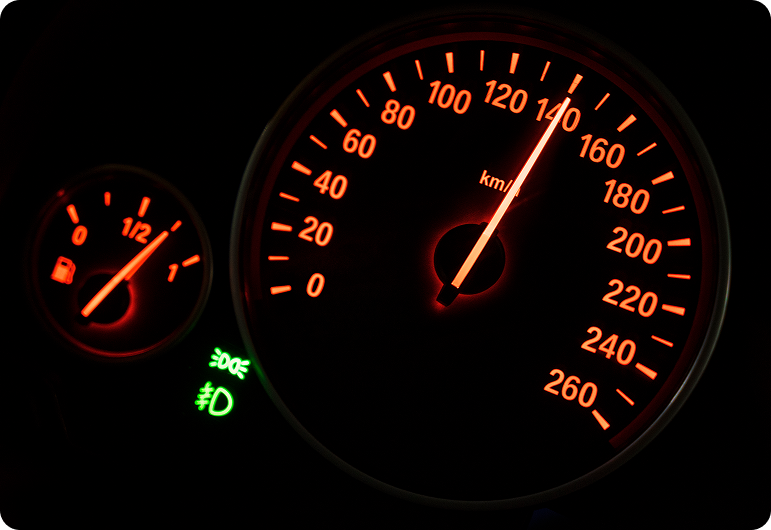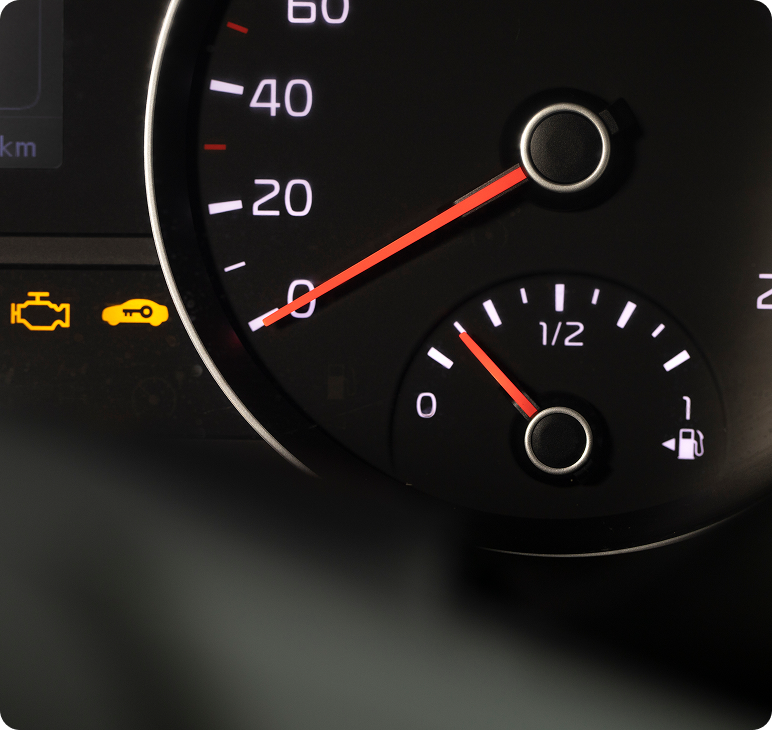
1818 St. Albans Dr #106, Raleigh,
NC 27609

Need Help
919-872-1999
1818 St. Albans Dr #106, Raleigh,
NC 27609

Need Help
919-872-1999
The check engine light is a crucial warning system in your vehicle, alerting you to potential issues with your car’s engine or other critical components. When this light illuminates or starts flashing, it’s essential to address the problem promptly to avoid further damage and ensure your vehicle’s safety and reliability.
The check engine light is part of your vehicle’s onboard diagnostics system. When the engine light is on, it indicates that the car’s computer has detected an issue within the engine or its associated systems. The light can signify a range of problems, from minor issues like a loose gas cap to more serious concerns like a failing catalytic converter.

One of the most common and simplest reasons for the check engine light to come on is a loose or faulty gas cap. The gas cap maintains pressure in the fuel system and prevents gasoline fumes from escaping. If it’s not secured properly, it can trigger the check engine light.
The oxygen sensor monitors the amount of unburned oxygen in the exhaust and sends this information to the car’s computer to adjust the air-fuel mixture. A failing oxygen sensor can cause the check engine light to illuminate and may lead to decreased fuel efficiency.
The catalytic converter helps reduce harmful emissions by converting carbon monoxide and other pollutants into less harmful substances. A malfunctioning catalytic converter can cause the check engine light to turn on and can significantly impact your vehicle’s performance and emissions levels.
The mass airflow sensor measures the amount of air entering the engine and determines how much fuel is needed for optimal combustion. If this sensor fails, it can cause the check engine light to come on and result in poor engine performance and reduced fuel economy.
Spark plugs and ignition coils are crucial for igniting the air-fuel mixture in the engine’s cylinders. If these components are worn or failing, they can cause the check engine light to illuminate and lead to misfires, reduced power, and poor fuel efficiency.

If your check engine light comes on, start by checking for simple issues like a loose gas cap. Tighten the gas cap and see if the light goes off after a few driving cycles. If the light remains on, it’s time to seek professional help.
A check engine light that is flashing indicates a severe problem, such as a misfire, that requires immediate attention. Continuing to drive with a flashing check engine light can cause significant damage to the engine and other components. Pull over safely and call for assistance.
If the check engine light is on or flashing, it’s crucial to schedule a check engine light diagnostic with a professional mechanic. Using advanced diagnostic tools, they can read the error codes stored in your car’s computer and identify the exact cause of the problem.
The diagnostic process begins with an initial inspection to understand any symptoms you might have noticed and to check for obvious issues like a loose gas cap or visible damage.
The mechanic will connect a diagnostic scanner to the vehicle’s onboard diagnostics port to read the trouble codes stored in the computer. These codes provide valuable information about the specific problem causing the check engine light to come on.
Once the codes are retrieved, the mechanic will analyze them to determine the root cause of the issue. This might involve further testing and inspection of specific components, such as sensors, wiring, or the engine itself.
Based on the diagnostic results, the mechanic will recommend and perform the necessary repairs. This could range from simple fixes, like replacing a faulty gas cap or oxygen sensor, to more complex repairs, such as fixing the catalytic converter or ignition system.
After the repairs are completed, the mechanic will reset the check engine light and perform a test drive to ensure the issue has been resolved and the light does not come back on.
Professional mechanics use advanced diagnostic tools to accurately identify the cause of the check engine light. This ensures that the correct repairs are made, saving you time and money.
Addressing check engine light issues promptly can prevent more serious problems and costly repairs down the line. Professional diagnostics help identify issues early, allowing for timely repairs.
Fixing the underlying issues causing the check engine light to come on can improve your vehicle’s performance, fuel efficiency, and emissions. This ensures a smoother and more reliable driving experience.
Brake repair is essential for maintaining the safety and reliability of your vehicle. By addressing brake issues promptly and following a regular maintenance schedule, you can ensure your brakes perform effectively and prevent costly repairs down the line. At Creech Import, we are dedicated to providing expert brake repair services. Our experienced technicians use high-quality parts and advanced diagnostic tools to keep your braking system in top condition. Schedule an appointment with us today and experience the difference of professional brake repair.
For an estimate with the most trusted auto repair shop in Wake County, Creech Import Repair!



At Creech Import Repair, our philosophy is simple: Treat customers with kindness, respect, and honesty, and success will follow. Contact us for any and all of your automotive repair needs.